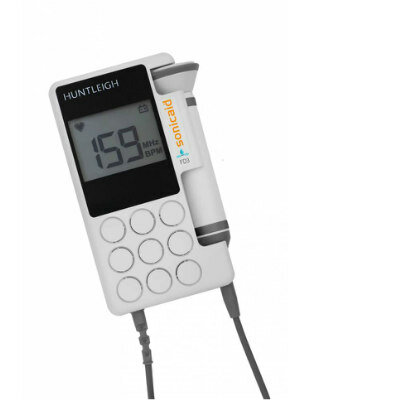Children with ADHD Shown to Have Defective Off-Switch for Mind-Wandering
By MedImaging International staff writers
Posted on 03 Feb 2011
Functional magnetic resonance imaging (fMRI) brain scans of children with attention-deficit/hyperactivity disorder (ADHD) have revealed for the first time why individuals affected by the disorder sometimes have such a difficult time concentrating. Posted on 03 Feb 2011
Using a ‘Whac-a-Mole' style game, researchers from the Motivation, Inhibition, and Development in ADHD Study (MIDAS) group at the University of Nottingham (UK) found evidence that children with ADHD require either much greater incentives--or their usual stimulant medication--to focus on a task. When the incentive was low, the children with ADHD failed to "switch off” brain regions involved in mind wandering. When the incentive was high, however, or they were taking their medication, their brain activity was indistinguishable from a typically developing non-ADHD child.
Earlier research has shown that children with ADHD have difficulty in turning off the default mode network (DMN) in their brains. This network is typically active when a person is doing nothing, giving rise to spontaneous thoughts or "daydreams,” but is suppressed when one is focused on the task before us. In children with ADHD, however, it is believed that the DMN may be inadequately suppressed on "boring” tasks that require focused attention.
The MIDAS group researchers compared brain scans of 18 children with ADHD, aged between nine and 15 years old, against scans of a similar group of children without the condition as both groups took part in a task designed to test how well they were able to control their behavior. The children with ADHD were evaluated when they were taking their methylphenidate and when they were off their medication. The findings are published online in November 2010 in the Journal of Child Psychology and Psychiatry.
While lying in a MRI scanner, which can be used to measure activity in the brain, the children played a computer game in which green aliens were randomly interspersed with less frequent black aliens, each appearing for a short interval. Their task was to catch as many green aliens as possible, while avoiding catching black aliens. For each slow or missed response, they would lose one point; they would gain one point for each timely response. To assess the effect of incentives, the reward for avoiding catching the black alien was then increased to five points, with a five-point penalty incurred for catching the wrong alien.
By examining the fMRI brain scans, the researchers were able to show that typically developing children switched off their DMN network whenever they saw an item requiring their attention. However, unless the incentive was high, or they had taken their medication, the children with ADHD would fail to turn off the DMN and would perform poorly. This effect of incentives was not seen in children without ADHD--activity in their DMN was switched off by items requiring their attention regardless of the incentive on offer.
Prof. Chris Hollis, who led the study, remarked, "The results are exciting because for the first time we are beginning to understand how in children with ADHD incentives and stimulant medication work in a similar way to alter patterns of brain activity and enable them to concentrate and focus better. It also explains why in children with ADHD their performance is often so variable and inconsistent, depending as it does on their interest in a particular task.”
Related Links:
University of Nottingham














